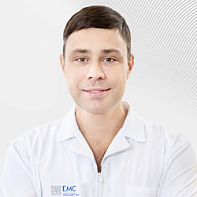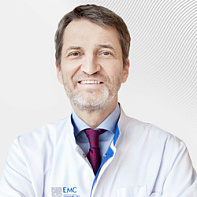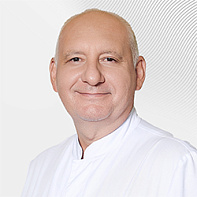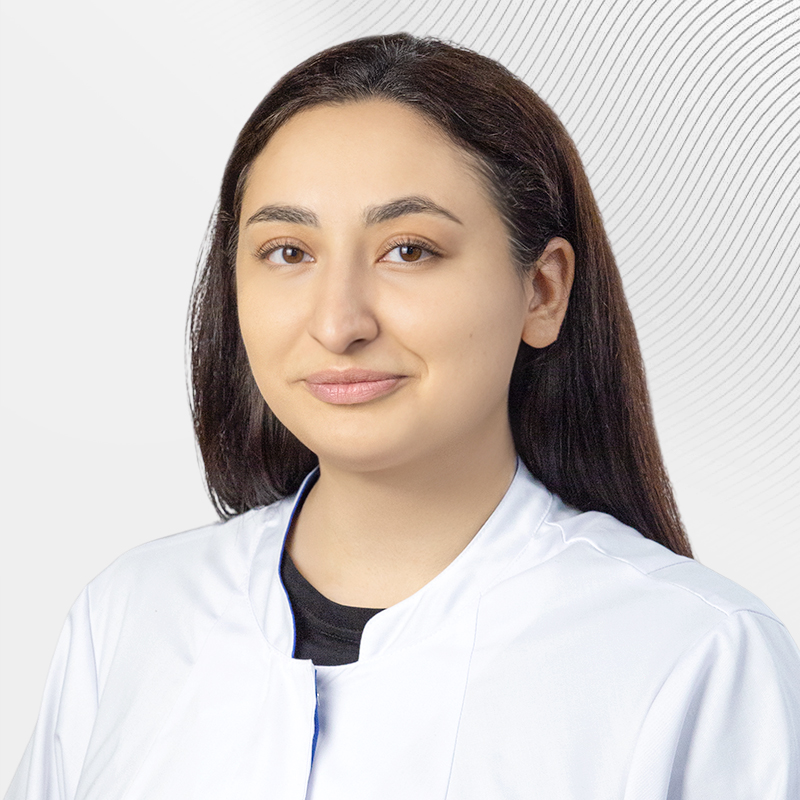Constant stress, especially in people engaged in heavy physical labor or sports, leads to injuries and destruction of cartilage, pain and limited mobility of the elbow. Orthopedic surgeons use arthroscopy to diagnose and treat problems inside the joint.
What is elbow arthroscopy
The term "arthroscopy" can be translated from Greek as "looking inside the joint" (from "arthro"— joint and "skopein"— to look). During the procedure, the doctor inserts a small arthroscope camera into the elbow joint through small incisions. It transmits the image to a monitor, which allows you to examine the joint from the inside and perform operations with miniature surgical instruments. Arthroscopy accelerates diagnosis, treatment, and recovery of the patient after surgery on the elbow joint.
Indications
Diagnostic arthroscopy is performed if a clinical examination and the results of other joint studies do not allow for an accurate diagnosis.
Arthroscopy treatment is prescribed for persistent pain syndrome, which can be caused by the following diseases:
-
overgrowth of the inner shell;
-
stiffness of unknown origin;
-
bursitis is an accumulation of fluid inside the joint;
-
pain in the external part of the elbow joint due to constant monotonous physical activity ("elbow of a tennis player");
-
intraarticular fractures;
-
destruction of cartilage due to age-related changes in the body.
Arthroscopy is constantly being improved, so the list of indications continues to expand.
Preparation for surgery
The preoperative examination at EMC takes several hours and includes:
-
clinical blood and urine tests;
-
fluorography;
-
ECG;
-
consultations with a general practitioner, an anesthesiologist-resuscitator and other specialized specialists.
During the consultation, the patient should inform the doctor about the medications they are taking, especially hormonal drugs and drugs that affect blood clotting.
The patient is admitted to the hospital on the day of the operation. Arthroscopy is performed no earlier than 6 hours after eating and drinking water.
Operation progress
At the EMC Center for Traumatology and Orthopedics, arthroscopic surgeries are performed using modern high-precision equipment by surgeons with many years of experience and experience working abroad.
For anesthesia, general intravenous anesthesia is usually used in combination with conduction anesthesia, less often intravenous. Before starting the operation, the elbow is treated with an antiseptic solution. During the procedure, the joint is filled with saline solution — the liquid helps the surgeon to get a clearer image. An arthroscope is inserted through punctures into the joint cavity. First, the surgeon evaluates the condition of the joint, and then performs the necessary manipulations through additional punctures. When the operation is completed and the tools are removed, drainage is installed, the punctures are sewn up, and a bandage is applied.
The patient stays in the intensive care unit until he wakes up, then he is transferred to a hospital, where he spends 1-2 days. The sutures are removed 14 days after the operation.
Rehabilitation
The recovery program in a gentle mode begins in the hospital ward. Due to the minimally invasive nature of the procedure, pain after arthroscopy of the elbow joint is minimal. After discharge, the patient receives recommendations from a surgeon and a rehabilitologist, and visits the rehabilitation department. Under the supervision of a doctor, he restores elbow function, gradually returning to a normal lifestyle. A full recovery can take from a few weeks to several months.
To make an appointment for a consultation and find out the price of the procedure, call around the clock by phone in Moscow: +7 (495) 116-79-72.
- Jessica Grimsley Aronowitz, William R. Aybinder, George S. Atwal, Jay D. Keener // OrthoInfo, the educational website of the American Academy of Orthopedic Surgeons (AAOS). 2024 URL: orthoinfo.aaos.org
- Hy C, D E, B T. Elbow arthroscopy — Indications and technique. J Clin Orthop Trauma. 2021 May 21;19:147-153.




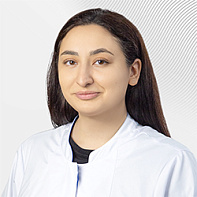
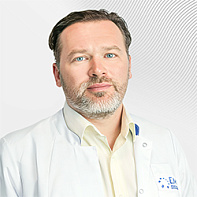


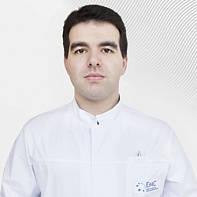

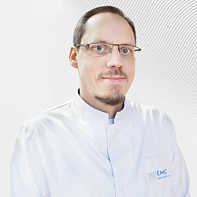
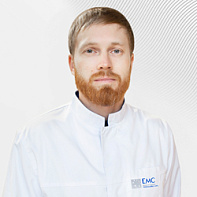

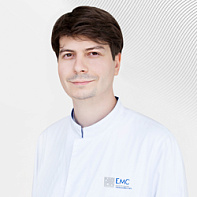


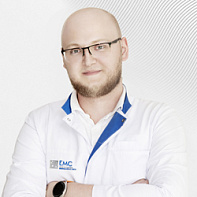
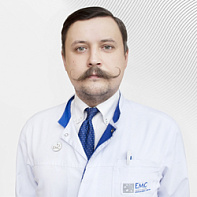
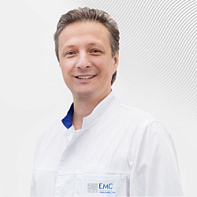
.jpg)
.jpg)
